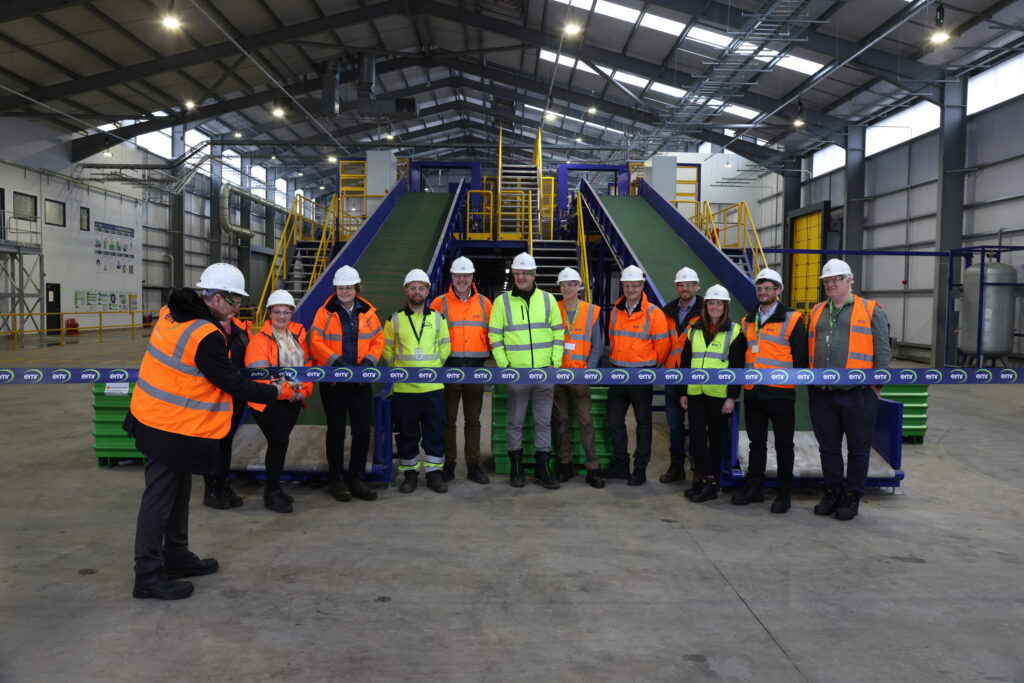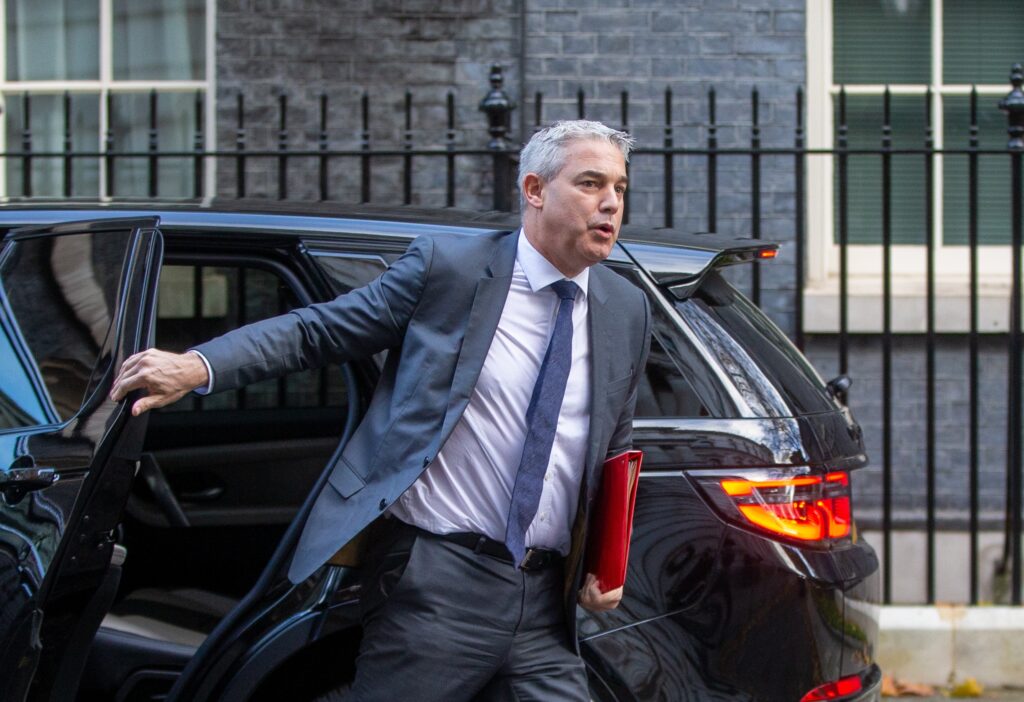The European WEEE Directive, which comes into force in August 2004 (see letsrecycle.com legislation page), sets recycling and recovery targets for all categories of electrical equipment, including electronic toys. In 2002, 85,000 tonnes of toys were sold in the EU, making up just 1% of electrical equipment sales that year.
For separately collected toys, leisure and sports equipment, the WEEE Directive has recovery target of 70% with 50% recycling for December 2006.
”It is currently not possible to achieve the WEEE Directive's 50% recycling/reuse target for E & E toys. “
– ICER study for the toy sector
However, the study by the Industry Council for Electronic Equipment Recycling found that current technology can only achieve a recycling rate of 17.3% for electrical and electronic (E & E) toys.
Working with the Toys Industries of Europe and Sims Recycling Solutions, ICER found that recycling toys is difficult because 80% of the materials are mixed plastics and fluff. Fluff is made up of textile, padding, cardboard and other fibres, and there are very few markets for this material or for mixed plastics.
The report said: “It is currently not technically possible to achieve the WEEE Directive's 50% recycling/reuse target for E & E toys.”
It is expected that most WEEE will be granulated for recycling and research is taking place in several EU states, including the UK, into possible methods to separate mixed granulated plastics into polymer type.
But ICER warned that if old toys were collected and treated with other categories of WEEE, the fluff could disrupt recyclers' separation of mixed plastics for all WEEE. The report said fluff could make it “impossible to operate the washing process currently being developed in the UK”.
Costs
ICER also questioned the environmental benefit of recycling toys and showed there are currently high financial costs with little income. The study said: “The total costs of collecting, treating and processing E&E; toys are €822 (556) per tonne assuming toys are manually dismantled to remove batteries. The value of the recycled material per input tonne of E & E toys is less than €71 (48).”
Toy manufacturers, such as Hasbro, Hornby, Lego, Mattel, Tomy and Zapf, will be financially responsible under the WEEE Directive for the treatment and recycling of toys, based on market share.











Subscribe for free